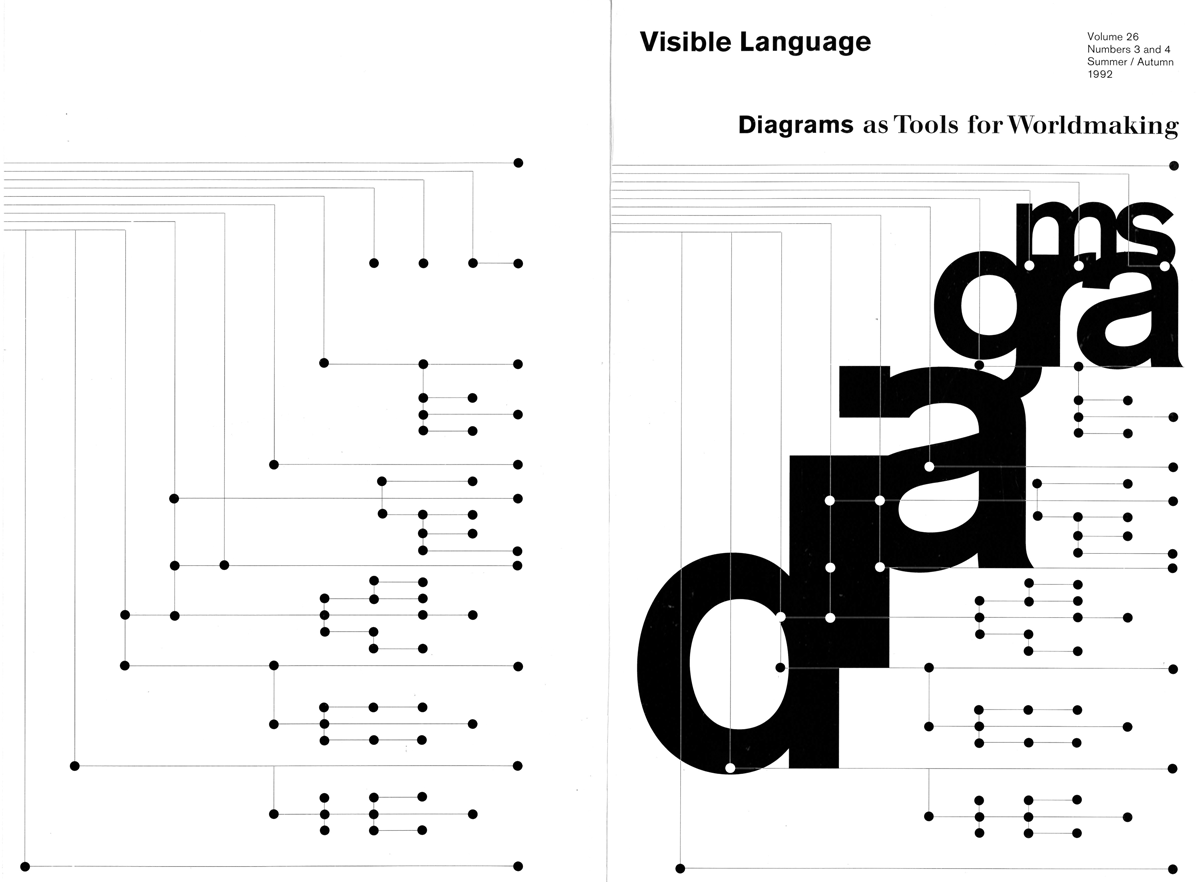The Frame of Reference: Diagrams as Tools for Worldmaking
Abstract
Reliance on diagrams as quick, cut to the bone communications has become a commonplace in our most public of media, the newspaper and television. In the former we have diagram “bites” enhanced (or trivialized depending on one’s viewpoint) with some icon or presented conventionally as a line, bar or pie chart. In the latter, we have Ross Perot with his ubiquitous flip-chart, abstracting the details of economic life and projecting trends. Today, computer software makes comparison, chronology or trend easy to accomplish. It is from this context that we seek to question the diagram as a tool. The purpose of this article is to step aside from conventional ideas about diagrams and to examine how they work, to look beneath the surface of these admittedly powerful tools which bring to its audience the possibility of a common understanding on some issue or relationship. Ideas from a perceptual psychologist, J.J. Gibson, a communication theorist, W. Barnett Pearce and a philosopher, Nelson Goodman, are brought to bear, like can-openers, to smoothly cut or more forcefully crunch open the closed surface of the diagram. The papers are introduced in the three divisions of this issue: Examining the Past, Questioning the Present and Working Toward the Future.Downloads
Published
1992-07-01
Issue
Section
Journal Article

